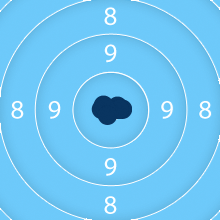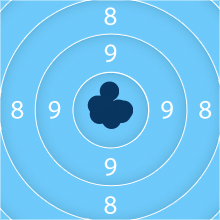It’s now becoming clear that just about all of the injured in today’s mass shooting outside the Empire State Building were injured by the police response rather than by the shooter himself. This begs some questions:
- How do you expect to have police that know how to shoot when you’ve done everything possible to extinguish any kind of responsible shooting culture in your city?
- How many police officers do you think learn to shoot because they interact heavily in the civilian gun culture by taking part in competitions, belonging to shooting clubs, and generally shooting for recreation?
- NRA has an entire division dedicated to law enforcement training. Have you ever considered inviting them to New York?
- Law enforcement is a profession that tends to run in families. Indeed, a good many gun bloggers come from law enforcement families. Part of that is indoctrinating the next generation in the ways of the gun. If there is no civilian gun culture, how are the martial arts of this profession going to be passed down?
- What if there is a Mumbai style attack in New York City? You’re now advertising to the world that your officers can’t shoot. The terrorists are listening.
There will probably be a lot of wailing and gnashing of teeth over this. Some will undoubtedly want to disarm police officers. Cooler heads will call for more training. More training would obviously be a good thing, but the best thing for New York would be a restoration of a responsible civilian gun culture where police officers can find means to hone their skills recreationally, where there’s a body of knowledge and competence from which to draw from, and where there are places to shoot and plenty of people practiced in the art of shooting, from whom much can be learned. In other words, allow New York to be more like the rest of America, and you might find that suddenly your officers can reliably hit a target from yards away without having to expend a magazine and seriously injure innocent bystanders.
UPDATE: I guess we’ll see how some folks in Idaho stack up in the LAPD combat course.


